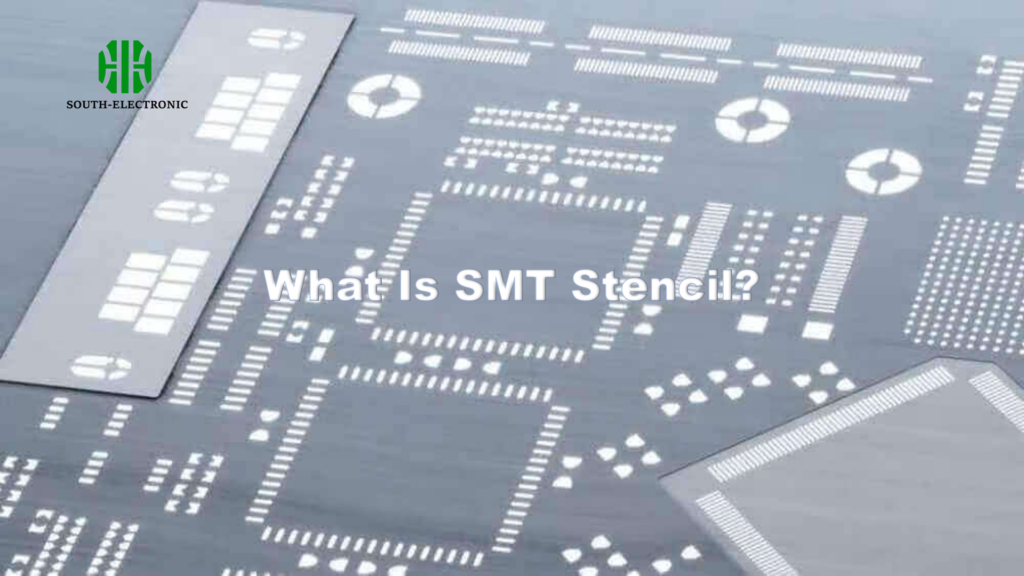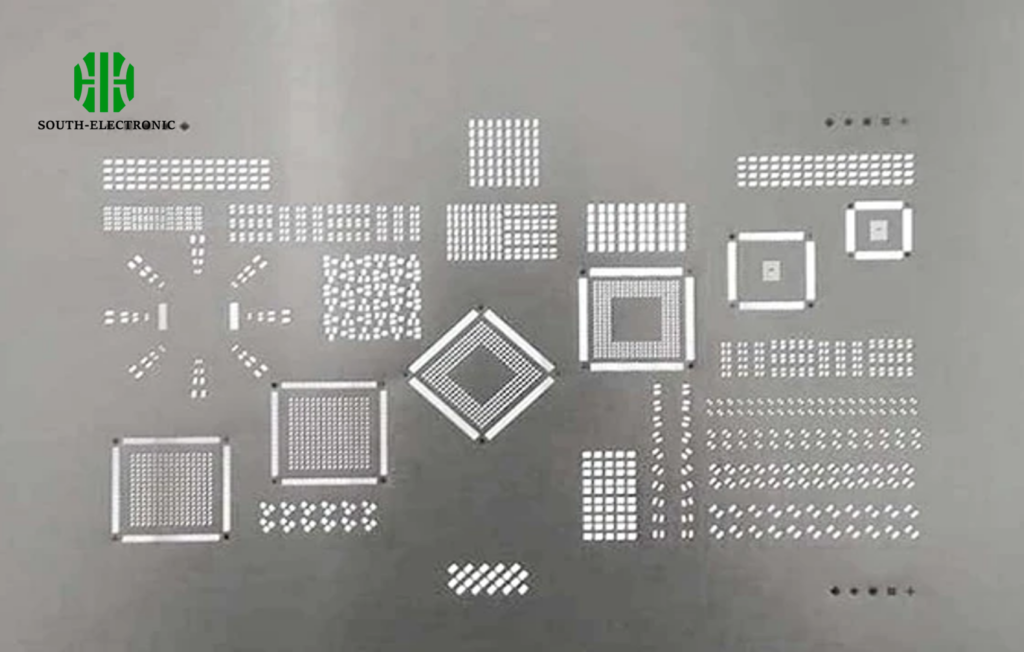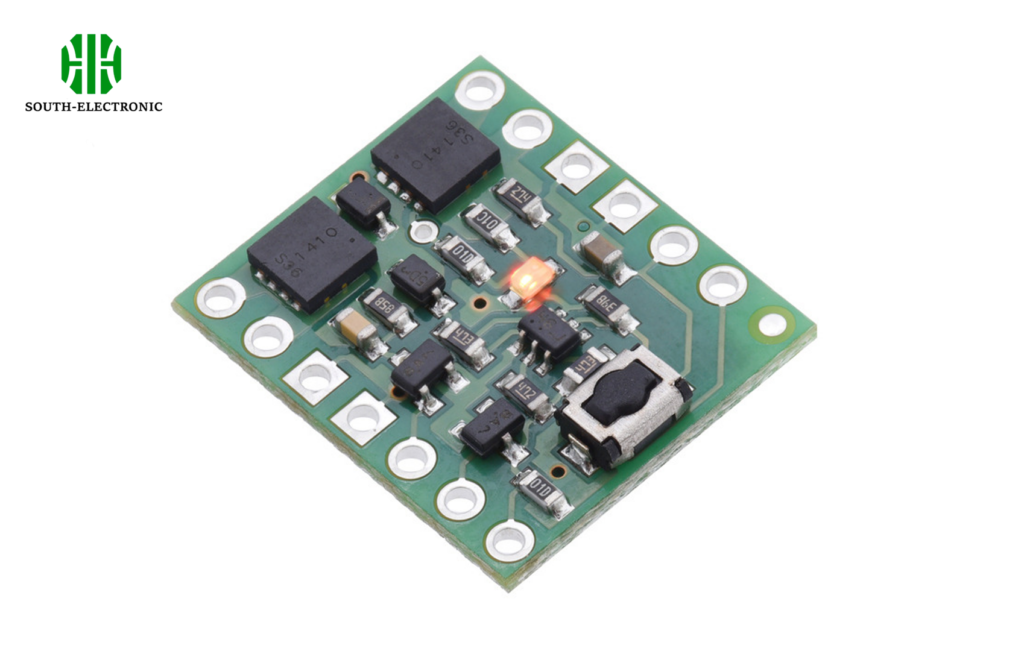Choosing stencil thickness used to cause me endless headaches. Solder bridges from thick stencils and weak joints from thin ones ruined my prototypes. Get this wrong and you’ll face costly rework or failed boards every time.
The best stencil thickness ranges between 0.1mm and 0.2mm (4-8 mils) for most applications. But your actual needs depend on component sizes, pad designs, and paste type. Small chips need thinner layers while large parts handle thicker deposits.

Stencil thickness is just the start though. Keep reading to discover how design tweaks, coatings and care routines solve common paste problems for flawless results.
How do I design my stencils to avoid solder problems?
That solder bridge ruined your board again? Poor aperture design causes 80% of printing failures I see. Incorrect openings lead to uneven paste deposits or clogs that sabotage production runs.
Tailor aperture shapes to component footprints. Reduce opening size for tight-pitch ICs to prevent bridging. Add rounded corners for smoother paste release. Ensure 0.65:1 area ratios to avoid insufficient deposits.

Fixing Solder Issues Through Strategic Design
I approach stencil design by solving three key problems: bridging, insufficient paste, and misalignment. Each failure has a specific design remedy using physics and solder behavior.
Start by calculating area ratios (pad area ÷ wall area). Ratios below 0.65 trap paste while above 0.90 risks bridges. Then modify shapes:
- Shrink rectangular apertures 20% for pitch <0.5mm
- Use homeplate shapes for QFN center pads
- Add corner chamfers to reduce paste tearing
Compare these adjustments:
| Problem | Design Fix | Real-World Impact |
|---|---|---|
| Solder balls | 10% aperture reduction | Eliminated 90% of rework on 0201 resistors |
| Incomplete paste | Increased aspect ratio | Solved tombstoning on LED arrays |
| Paste sticking | Nano-coated aperture walls | Cut cleaning frequency by 40% |
I prototype designs using laser-cut cardboard before metal cutting. Test with actual solder paste to fine-tune release characteristics.
When do I need coatings for better paste release?
Fighting paste residue after every print feels frustrating. Uncoated stencils demand constant cleaning that slows production. The wasted time adds up quickly in high-volume assembly.
Apply coatings when printing fine-pitch (<0.4mm) components or using lead-free pastes. Electroplated nickel suits harsh environments while nano-coatings prevent buildup during long runs. Both improve release quality by 60%.

Selecting Coatings Through Performance Analysis
I choose coatings based on solder paste behavior and component density. Different situations require specific solutions:
- Nano-coatings (fluoropolymer): Ideal for QFN and BGA components under 0.3mm pitch. Creates non-stick surface reducing bridging by 70%. Lasts 50,000+ impressions
- Electropolishing: Best for aluminum stencils handling water-soluble pastes. Smooths microscopic roughness improving release consistency
- Nickel plating: Essential for abrasive paste formulas. Adds lifespan to steel stencils
Compare performance data:
| Application | Uncoated Failure Rate | Coated Failure Rate | Cost Increase |
|---|---|---|---|
| 0.3mm pitch ICs | 22% | 3% | 15% |
| Lead-free paste | 18% | 5% | 10% |
| High-density boards | 30% | 8% | 20% |
Skip coatings only for large-pitch prototyping. For production runs, the time saved on cleaning offers payback within months.
How do I clean and store my stencils to make them last longer?
Finding dried paste in apertures after storage hurts productivity. Damaged stencils create print defects that cause frustrating troubleshooting delays during assembly.
Clean stencils within 30 minutes after use. Use lint-free wipes with specialized solvents. Store vertically in climate-controlled cabinets with protective film. Implement rotational spares to extend lifespan to 200,000+ impressions.

Maintaining Stencils Through Systematic Care
I extended stencil life by 300% after implementing three maintenance phases: immediate cleaning, periodic deep cleaning, and protective storage. The key is preventing paste hardening and physical damage.
Follow this regime:
- Post-print cleaning: Use solvent spray and vacuum suction for underside residues
- Weekly deep clean: Ultrasonic bath with 60°C DI water solution
- Storage prep: Apply corrosion inhibitor film before cabinet storage
Maintain detailed logs:
| Activity | Frequency | Tools | Quality Check |
|---|---|---|---|
| Surface wipe | After each print | IPA + microfiber cloth | 10x magnification |
| Full underside clean | Every 20 prints | Squeegee + vacuum table | Paste depth measurement |
| Ultrasonic bath | Every 3 months | Heated tank + DI water | Surface tension test |
| Storage inspection | Monthly | LED backlight | Deformation mapping |
Neglecting any phase causes aperture wear. Well-maintained stencils need replacement only after 5+ years of daily use.
Conclusion
Select ideal 0.1-0.2mm thickness, optimize designs to match components, apply coatings for fine-pitch work, and maintain stencils diligently. These steps ensure perfect prints every time.



